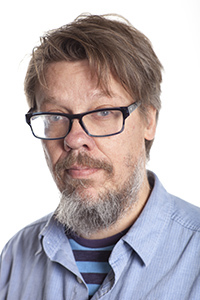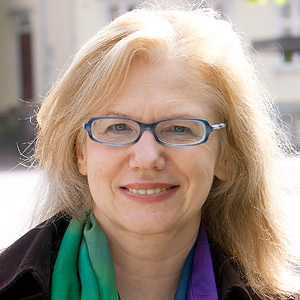DiXiT -- Digital Scholarly Editions Initial Training Network
Start date: 2013-09-01
End date: 2017-08-31
The following information is copied from the DiXiT external website:
Under WP1 (Concepts, Theory, Practice) the first research priority of DiXiT is geared toward assessing and mapping different types of digital scholarly editing in a typology of existing and future editions, ranging from ‘digital archives’ to ‘knowledge sites’. This mapping includes projects with large amounts of material as well as stabilised, authoritative readings of important works from all fields of history and human culture.
▪ The second research priority is to investigate the architecture of a digital edition providing more than simply text.
▪ The third research priority is the critical examination of the goals, functions and usability of digital scholarly editions. The production of the digital edition has seen editors transforming into encoders and, even programmers. As a consequence, we have to rethink the training, skills and knowledge needed for new editors.
Under WP2 (Technology, Standards, Software) a first research priority is the integration of web-based tools into the TEI ecosystem for enabling collaborative and standards-based editing.
▪ The creation of TEI application profiles, geared towards specific functionality, genres or corpora, is a second research priority. Versioning is an issue that comes up in almost all critical editions, and tools that help editors and users make sense of textual variation are urgently needed.
▪ A third research priority is the interoperability of the several standards overlapping with the TEI, such as METS (for encoding descriptive, administrative, and structural metadata regarding digital objects) and the OAC standard (for annotation exchange). Digital editing needs to find ways to create interoperable content so that research can become part of a wider web of scholarship.
▪ The fourth research priority is a requirements study for a publication architecture targeting multiple media, not only web and paper, but also mobile devices (EPUB). Progress in this field is especially important to projects without access to large supporting technical staff.
▪ A fifth research requirement is the enhancement and integration of tools geared towards stylistics, text analysis and/or visualisation to ensure the edition’s relevance for a public that extends beyond textual scholars.
Under WP3 (Academia, Cultural Heritage, Society) a first research priority investigates the relationship of museums, libraries and archives on the one hand, and academic scholars on the other and how the quality of digital images and texts can be measured, ensured and improved.
▪ The second research priority investigates Web 2.0 approaches and models of public engagement. The recent explosion of social networking sites which encourage wide participation from the public opens up a completely new set of challenges and raises many unanswered questions.
▪ The third research priority engages with marketing research and experimentation in order to formulate widely acceptable and viable publication models.
▪ The fourth research priority addresses the challenges of representing and accessing cultural artefacts that exist in the form of discontinuous, unstable and stratified objects. It is necessary not to consider documents isolated from their contexts and therefore to introduce into the digital representations a social and ethnographic perspective.
Link to DiXiT -- Digital Scholarly Editions Initial Training Network



